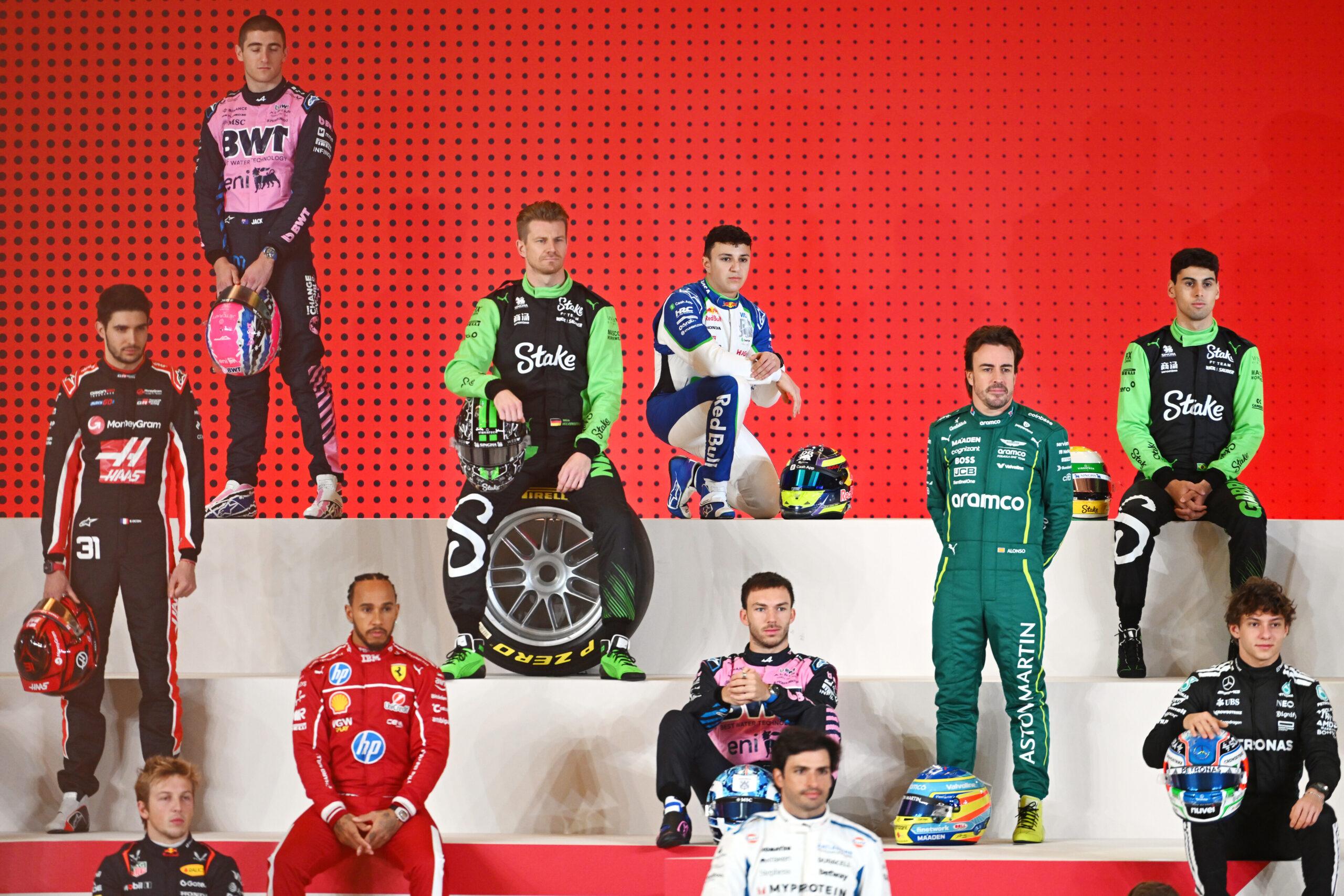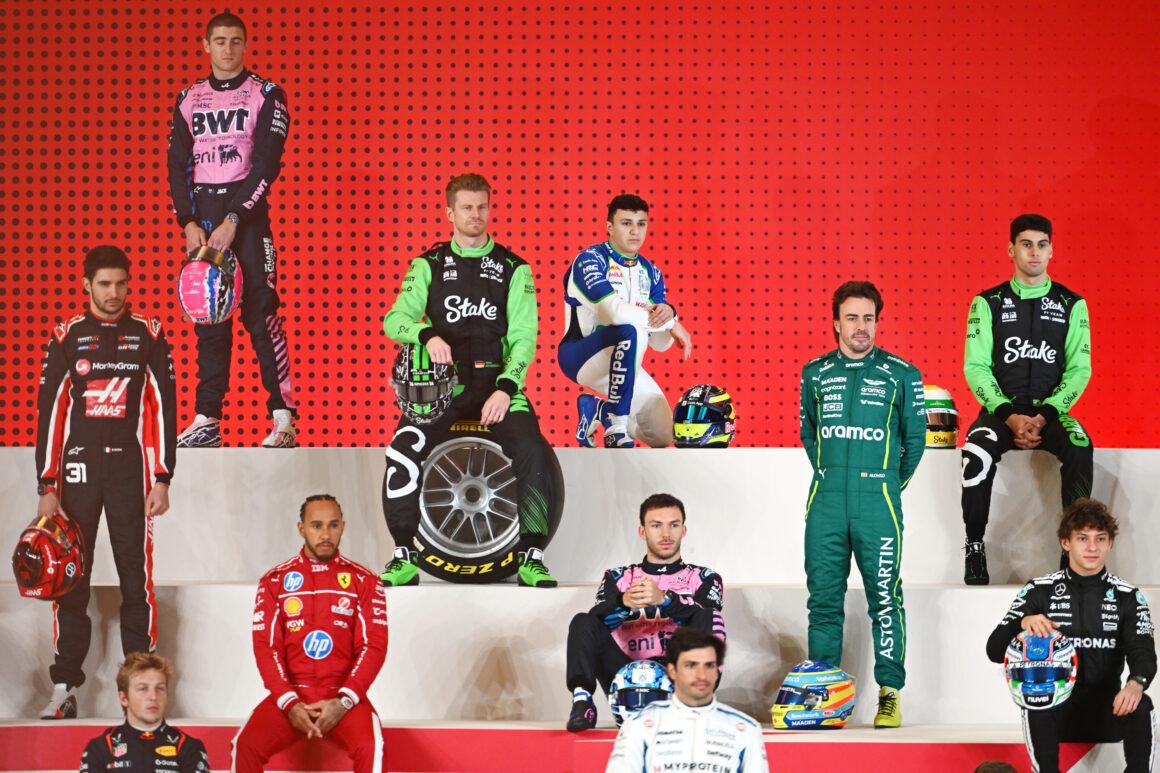Short answer: more than your house, your neighbor’s house, and probably your entire street. Building a current-spec Formula 1 car runs just over $20 million in manufacturing value, with the hybrid power unit eating the biggest slice. That’s before you even whisper “R&D.” Lights out and away we… oh wait, the accountants already fainted.
Teams won’t hand you receipts, but industry estimates put a full car’s component cost north of $20m, while older, pre-cap development programs ballooned to $400m per season. The budget cap now forces efficiency. Translation: fewer blank cheques, more brains. The competition? Reduced to expensive spectators when someone nails it.
The Big Ticket: Power Unit, Chassis, Aero
The hybrid era made engines rocket-science pricey. Customer supply deals are around €15m, with total engine program valuation commonly placed in the high teens in dollars. That’s your headline: the power unit is the wallet assassin. File this under: yikes.
The carbon-fiber monocoque? A miracle of strength-to-weight sorcery. Expect roughly $1–2 million in materials and fabrication for a top-tier chassis. It’s 35kg of “don’t you dare crash this,” yet it routinely saves lives. Somewhere, a PR manager just had a minor stroke.
Aero: Wings, Floor, DRS
Front wings are devilishly intricate and brutally expensive. Modern designs can crest £100,000 for a single assembly. Rear wings are cheaper but still not bargain-bin. Develop them race-to-race and your budget bleeds like a slow puncture.
The floor is where lap time lives. Up to 60% of downforce comes from it, with edges and flicks that make origami look basic. Teams quote floors approaching £100,000 thanks to complex geometry—especially when the rulebook chops bits off and aero departments answer with creativity and caffeine.
Safety, Brakes, and Bits That Bite Back
The halo is a hero. Tested to withstand over 100 kN, it’s kept drivers alive in some of F1’s worst shunts. You don’t skimp here. It’s an engineering sledgehammer wearing a carbon tuxedo. Any team that treats it as optional deserves a black flag.
Brakes are carbon fireworks. A complete set can reach around $66,000, with discs in the low thousands apiece and calipers, bells, and master cylinders stacking up. All to scrub off speed that would embarrass a fighter jet. Classic F1 excess—functional, beautiful, expensive.
Steering Wheel, Hydraulics, and the Hidden Costs
The steering wheel is a command center. Carbon shell, custom electronics, endless toggles—budget roughly $50,000–$100,000. It’s the driver’s spaceship. One drop? Another masterclass in how NOT to handle assets.
Hydraulics run nine subsystems and make modern F1 possible. Complex, finicky, and pricey to implement. Then you’ve got the chassis loom (~£25,000), wheel bearings (~£1,100 each), driveshafts (~£7,000). Death by a thousand exquisitely machined cuts.
The Real Cost vs The Cap
Let’s separate fantasies from facts. The budget cap floats around $135m for core performance spend, excluding big-ticket items like driver salaries, marketing, and a few other exemptions. That doesn’t mean the car “costs” $135m—that’s the annual operational ceiling to keep the arms race sane.
Actual manufacturing cost of a single current car? Think $16–$20m depending on spec and how much you outsource. Development used to multiply that by ten. The cap slams that door shut. Teams now win by efficiency, not just by lighting money on fire.
Crash Damage: The Silent Budget Killer
Modern parts are unique, precise, and expensive to replace. One big shunt can easily hit $1 million in parts. Some drivers “collecting disappointments like they’re Pokemon cards” have cost teams millions across a season. Did Ferrari strategists forget how to count laps? Again? At least strategy errors don’t require a new floor and wing set.
Under the cap, repair bills sting more than ever. The weather shows up like that friend who always causes drama, and suddenly your aero department is pulling all-nighters to rebuild your weekend.
Component Cost Snapshot
Numbers vary by team and spec, but the ballpark looks like this. It’s not pretty. It is accurate.
- Power Unit (hybrid V6): ~€15m customer supply; total value often >$18m with support
- Chassis (monocoque): ~$1–2m for fabrication and materials
- Front wing/nose: ~£100,000+ per assembly
- Floor/barges: Approaching £100,000 with modern complexity
- Rear wing & DRS: Tens of thousands; package around ~£100–200k with front
- Steering wheel: ~$50,000–$100,000
- Braking system: Up to ~$66,000 for a full car set
- Hydraulics: High five to six figures depending on scope
- Tyres: ~€600 per tyre, roughly $3,000 per set, but you burn through sets
- Ancillaries: Loom ~£25,000; wheel bearing ~£1,100; driveshaft ~£7,000
Why Estimates Differ
Some quotes say $12–$16m. Others say $20m+. Who’s right? Both—depending on what you include. Pure build cost of a rolling chassis without the full engine program and spares can fall on the lower end. Factor in a fully supported hybrid unit and multiple iterations? You’re in the $20m neighborhood.
Also, every team spins their numbers. Some buy gearboxes, some build them. Some print wings like flyers, others iterate slower. The plot thickens like Red Bull’s excuse list after a scrutineering visit.
Show Cars vs Real Cars
See a “Formula 1 car” online for €150k? That’s a show car—no engine, no gearbox, no tears. It’s a carbon mannequin. Looks great in a lobby, won’t set lap records. Don’t confuse showroom drama with pit lane reality.
A real, historic, running car? Add zeroes. Multi-million territory, and even then you probably shouldn’t try to run it in anger. That defense was pure Schumacher—minus the success part.
So, What’s the Final Damage?
If you’re pricing a current F1 car like a shopping list of parts, you’re staring at just over $20 million. That’s before the development treadmill, logistics, and a battalion of engineers who make the magic happen. Teams once spent up to $400m crafting and evolving a car across a season pre-cap. Now, they squeeze within a $135m performance envelope and pray the wind tunnel doesn’t lie.
Bottom line: F1 cars are engineering art pieces with the temperament of divas and the price tags to match. When a team nails it, they don’t just win—they send everyone else back to karting school. When they mess up? Another masterclass in how NOT to spend $20 million.

